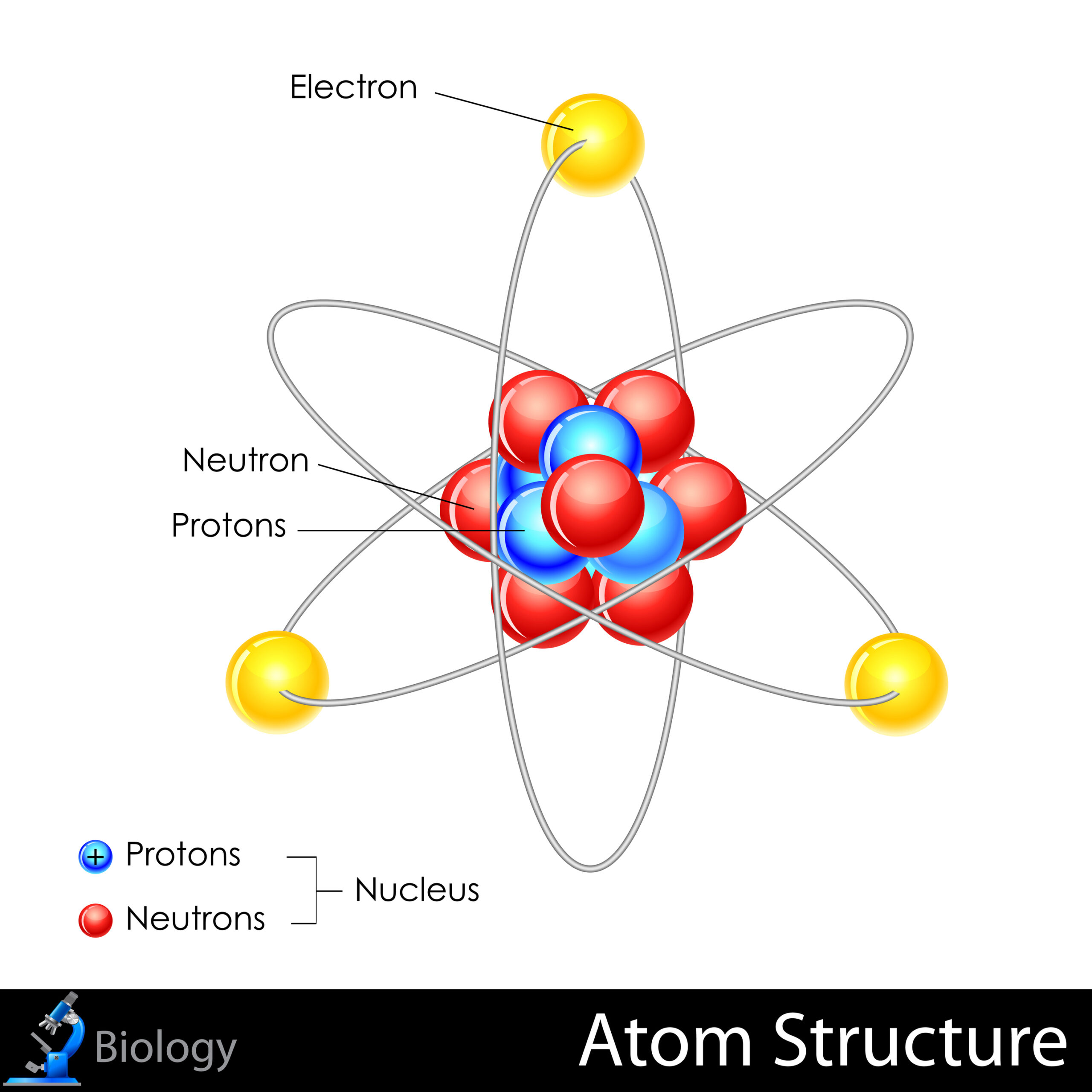In the realm of contemporary physics and materials science, the concept of utilizing atomic structures as information storage mediums is gaining traction. For decades, the capacity of digital devices has relied on traditional storage technologies, such as magnetic disks and solid-state drives, which, despite their efficacy, face limitations in longevity and data density. The innovative approach of employing atoms to retain two-dimensional images is rapidly evolving, presenting a formidable alternative to conventional methods. This article explores the intricacies of atomic storage, delves into its advantages, and anticipates future advancements in the field.
To comprehend the significance of atomic image storage, one must first grasp the basic structure of an atom. An atom, the fundamental unit of matter, is composed of protons, neutrons, and electrons. The arrangement and bonding of these subatomic particles form various elements, each with unique properties and capabilities. Advances in nanotechnology and quantum mechanics have facilitated the manipulation of atoms at the nanoscale, allowing researchers to encode data in remarkably compact formats.
The primary advantage of atomic storage lies in its unprecedented density. Current digital storage solutions, while innovative, are reaching physical limitations regarding how much data can be embedded within a given volume. In contrast, atomic data storage proffers essentially limitless potential, as information may be encoded in entire molecules or specific atomic configurations. For instance, researchers are investigating the use of DNA molecules as a storage medium, capitalizing on their inherent capacity to store vast amounts of information within minuscule spaces. This methodology demonstrates the potential to store images by encoding their binary representations within the molecular structure.
Moreover, the longevity of atomic storage solutions is markedly superior to existing technologies. Traditional electronic storage mediums are susceptible to degradation over time, leading to data loss. Magnetic media, for instance, may suffer from demagnetization, while solid-state drives may experience gradual memory wear. By contrast, atomic storage operates on principles grounded in chemical stability, positioning it as a resilient alternative with an estimated lifespan that spans centuries, if not longer. Intensive research into the robustness of various atomic configurations, alongside their resistance to environmental factors, enhances confidence in their viability as reliable storage methods.
Images, which predominantly manifest in two-dimensional formats, introduce several challenges when encoding atoms for storage. Each pixel within an image can be represented through a myriad of properties, such as color, brightness, and contrast. Recent studies have illustrated that these properties can be translated into molecular arrangements at the atomic level. For instance, using a technique called atomic force microscopy (AFM), researchers are able to manipulate atoms to create a desired pattern or structure, thereby storing image representations with pinpoint precision.
The techniques employed to store images at the atomic scale are diverse, spanning a range of methodologies from single-atom manipulation to molecular self-assembly. Single-atom storage garners particular interest due to the ability to represent binary data using individual atoms, thereby creating a one-to-one correspondence between the atom and the data unit (bit). However, this process requires immaculate control over atom positioning and type, which is technically demanding and currently limited to experimental setups.
Conversely, molecular self-assembly techniques, wherein molecules spontaneously organize into ordered structures, offer potential avenues for simpler yet effective image storage. By utilizing known molecular patterns that correlate to digital image characteristics, researchers may program molecules to self-assemble in predetermined configurations. This allows for a higher degree of data encoding efficiency with comparatively less stringent manipulation requirements. Thus, engaging molecular systems not only enhances storage capacity but also facilitates scalability, inspiring investigations into practical applications that can manage voluminous datasets.
In addition to the encoding mechanisms, the retrieval of stored atomic images is equally paramount. Advanced quantum sensors and scanning techniques are under continuous development to effectively read atomic data. The fusion of imaging technologies with quantum computing paradigms fosters great promise in extracting intricate details from stored images. By harnessing the principles of quantum mechanics, it becomes feasible to retrieve and reconstruct images with astounding clarity and resolution, surpassing the capabilities of conventional imaging technologies.
Despite the significant promise that atomic storage offers, it is prudent to acknowledge the challenges that remain. Research into standardization, scalability, and integration with existing technological infrastructures is imperative to ensure that atomic storage can transition from theoretical advancements to practical usability. The multifaceted nature of atomic image storage necessitates interdisciplinary collaboration among chemists, physicists, and computer scientists. Such synergies will expedite the resolution of prevailing technical hurdles and facilitate the commercial deployment of atomic storage technologies.
In conclusion, the exploration of atomic structures as a medium for storing 2D images heralds a transformative shift in data storage paradigms. With unparalleled density and longevity, the incorporation of atomic technologies offers a glimpse into a future wherein images and data can be preserved far beyond the limitations of current digital mediums. Ongoing research continues to unravel the potential of manipulating atomic configurations, promising dynamic advancements that will shape the landscape of information storage in the coming decades. As this field continues to evolve, it is essential to remain vigilant and attentive to the implications of atomic data storage technologies, both from scientific and ethical perspectives.












